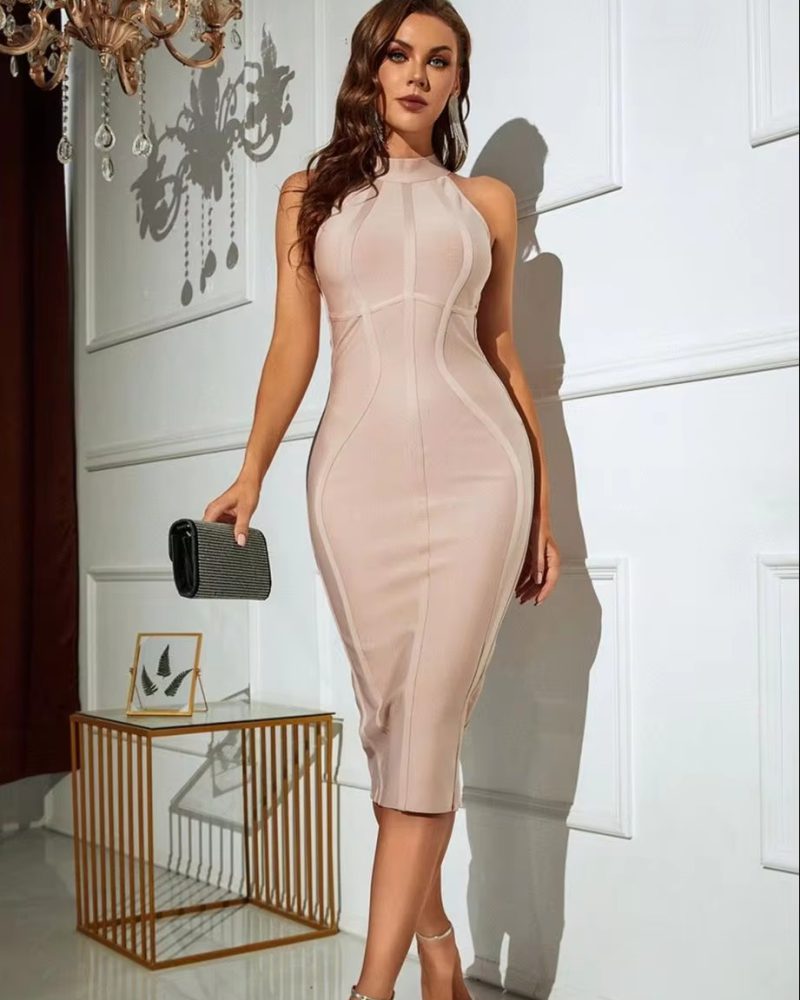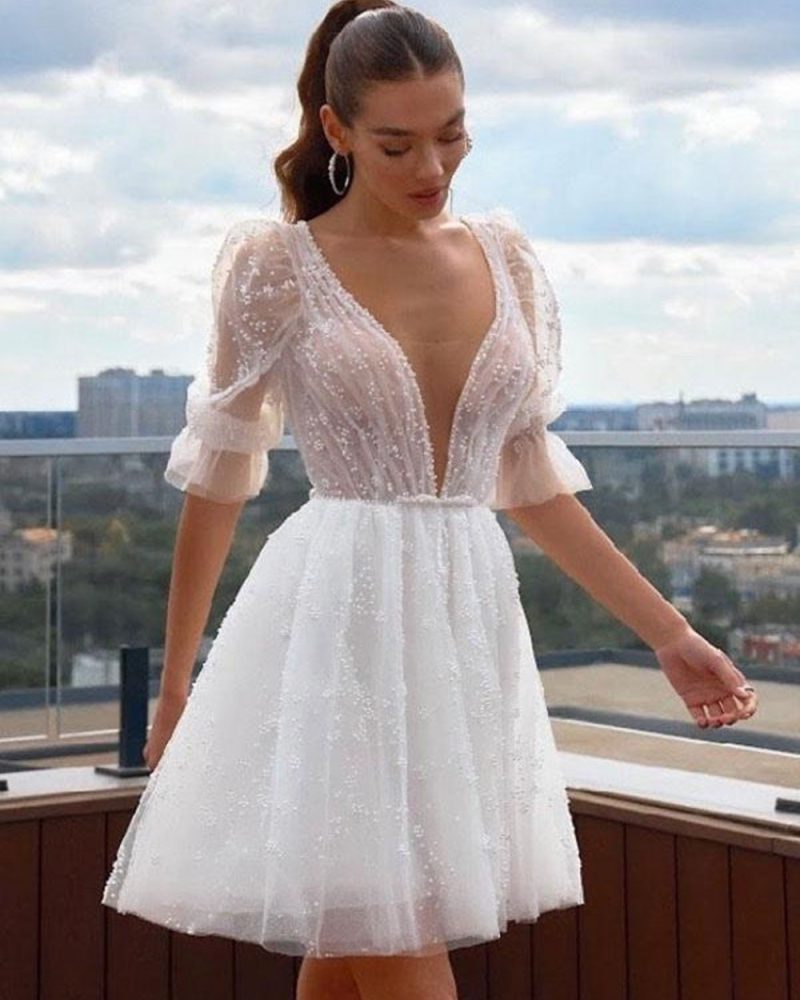
Building a Timeless Winter Wardrobe: Essentials Every Woman Should Own
November 28, 2024
Styling Tips for Jumpsuits & Rompers
December 2, 2024Evening wear has long been a symbol of sophistication and elegance, capturing the essence of style and grace in a way that few other fashion categories can. Whether attending a gala, a formal dinner, or an upscale event, the right evening attire not only enhances one’s appearance but also elevates the ambiance of the occasion. Choosing the perfect ensemble involves an understanding of tradition, trends, and personal style, making it a nuanced and rewarding endeavor. This comprehensive guide will explore the intricacies of evening wear, offering insights into its history, the elements that define it, and how to select pieces that align with your unique aesthetic.
The world of evening wear is vast and varied, encompassing everything from classic tuxedos and ball gowns to more contemporary interpretations that push the boundaries of traditional fashion. The choices available today are more diverse than ever, reflecting changes in societal norms and the evolution of style. Yet, despite these shifts, the core principles of elegance and refinement remain unchanged. Understanding these principles is essential for anyone looking to make a lasting impression at any formal occasion.
The evolution of evening wear through different eras.
Evening wear, a term synonymous with sophistication and elegance, has a rich history that dates back centuries. The concept of dressing up for the evening has evolved significantly, reflecting changes in societal norms, cultural influences, and fashion trends. The journey of evening wear begins in the courts of European aristocracy, where opulence and grandeur were the order of the day. During the Renaissance period, evening attire was characterized by lavish fabrics, intricate embroidery, and ornate accessories. The nobility donned garments made from luxurious materials like silk and velvet, often adorned with jewels and gold thread, to signify their status and wealth. This era laid the foundation for the opulent evening wear that we associate with high society.
The 19th century was a transformative period for evening wear, particularly for women. The Romantic era of the early 1800s saw a return to more natural silhouettes, with high-waisted empire gowns becoming popular. These dresses were often made from lightweight fabrics like muslin and featured delicate embellishments such as ribbons and lace. The Victorian era that followed brought about a dramatic change in evening wear, with the introduction of the crinoline and later the bustle. These structural elements created voluminous skirts that were both imposing and elegant, reflecting the societal norms of modesty and propriety.
The 20th century was a period of rapid change and innovation in evening wear, driven by shifts in cultural norms and technological advancements. The early 1900s saw the continuation of the Edwardian style, with women wearing elaborate gowns featuring lace, beading, and embroidery. However, the outbreak of World War I brought about a significant shift in fashion. The need for practicality and simplicity led to the rise of the flapper dress in the 1920s, characterized by its loose fit, shorter hemline, and lack of restrictive undergarments. This period marked a departure from the rigid structures of the past, embracing a more liberated and modern approach to evening wear.
Choosing the Perfect Outfit for the Occasion
When it comes to evening wear, choosing the perfect outfit for the occasion is both an art and a science. The elegance of evening wear lies in its ability to transform the wearer, exuding sophistication and confidence. Whether you’re attending a black-tie gala, a cocktail party, or a formal dinner, selecting the right ensemble is crucial. This guide delves into the nuances of evening wear, helping you navigate through various options with ease and confidence.
Understanding the Dress Code
When it comes to evening wear, understanding the dress code is essential for making the right fashion choices. Evening events often come with specific dress codes that dictate the level of formality and style of attire expected. For women, these dress codes can range from black tie to cocktail attire, each with its own set of guidelines. Understanding these nuances is crucial for selecting an outfit that not only fits the occasion but also highlights personal style and elegance.
Cocktail Attire
Cocktail attire, while still formal, offers more flexibility in terms of dress length and style. Women can opt for knee-length or midi dresses that are chic and stylish. The key to cocktail attire is to strike a balance between elegance and fun. Fabrics can range from lace to chiffon, and bold colors or patterns are often encouraged. This dress code allows for more experimentation with accessories, so consider adding a statement clutch or bold heels to elevate the look. While cocktail attire is less rigid than black tie, it’s important to maintain a sense of refinement and avoid anything too casual or revealing.
Formal Business Attire
While not exclusively evening wear, formal business attire is occasionally required for evening events, particularly those related to corporate functions. For women, this typically means a tailored suit or an elegant dress paired with a blazer. The emphasis is on professionalism and polish, with a focus on clean lines and neutral colors. Accessories should be understated, with classic pumps and a structured handbag completing the look. While this dress code is more restrained, it’s still possible to incorporate subtle touches of personality, such as a silk scarf or a statement brooch, to add interest without compromising professionalism.
Gowns: The Pinnacle of Evening Elegance
When discussing evening wear, gowns inevitably take center stage, representing the epitome of sophistication and grace. These timeless pieces have been a staple of formal events for centuries, evolving through various fashion eras while maintaining their status as the ultimate expression of elegance. In this section, we will delve into the world of gowns, exploring their history, styles, and the art of selecting the perfect gown for any occasion.
The history of gowns is as rich and varied as the garments themselves. Originating from the lavish courts of Europe, gowns were initially a symbol of wealth and status, adorned with intricate embroidery and crafted from luxurious fabrics like silk and velvet. Over the centuries, the design of gowns has evolved, influenced by cultural shifts and technological advancements in textile production.
The Universal Appeal of the A-Line Dress
One of the key reasons for the enduring popularity of the A-line silhouette is its universal appeal. The design is inherently flattering, accentuating the waist while gracefully skimming over the hips and thighs. This creates a balanced and proportionate look, making it an ideal choice for women of all shapes and sizes. Whether you have an hourglass figure, a pear shape, or an athletic build, an A-line dress can enhance your natural curves and create a harmonious silhouette.
Moreover, the A-line dress is incredibly versatile, suitable for a variety of formal occasions. Its clean lines and elegant shape make it a perfect canvas for different fabrics, colors, and embellishments. A simple A-line gown in a luxurious fabric like silk or satin can exude understated elegance, while a dress adorned with intricate lace or beading can make a bold and glamorous statement. This versatility allows individuals to express their personal style while adhering to the formality of the event.
In conclusion, evening wear represents a unique intersection of fashion, tradition, and personal expression. It is not merely about donning a beautiful gown or a sharp tuxedo; it is about embodying an aura of sophistication and grace that is often reserved for the most special occasions. The elegance of evening wear lies in its ability to transform the wearer, allowing them to step into a world where aesthetics and etiquette blend seamlessly to create unforgettable moments.
The journey through the world of evening wear is as diverse as it is fascinating. From the classic silhouettes that have stood the test of time to the modern interpretations that push the boundaries of style, evening wear offers something for everyone. Designers continuously draw inspiration from history, culture, and art to craft pieces that resonate with the contemporary audience while honoring the traditional roots of formal attire. This dynamic evolution ensures that evening wear remains relevant and captivating, adapting to the changing tastes and preferences of society.



























